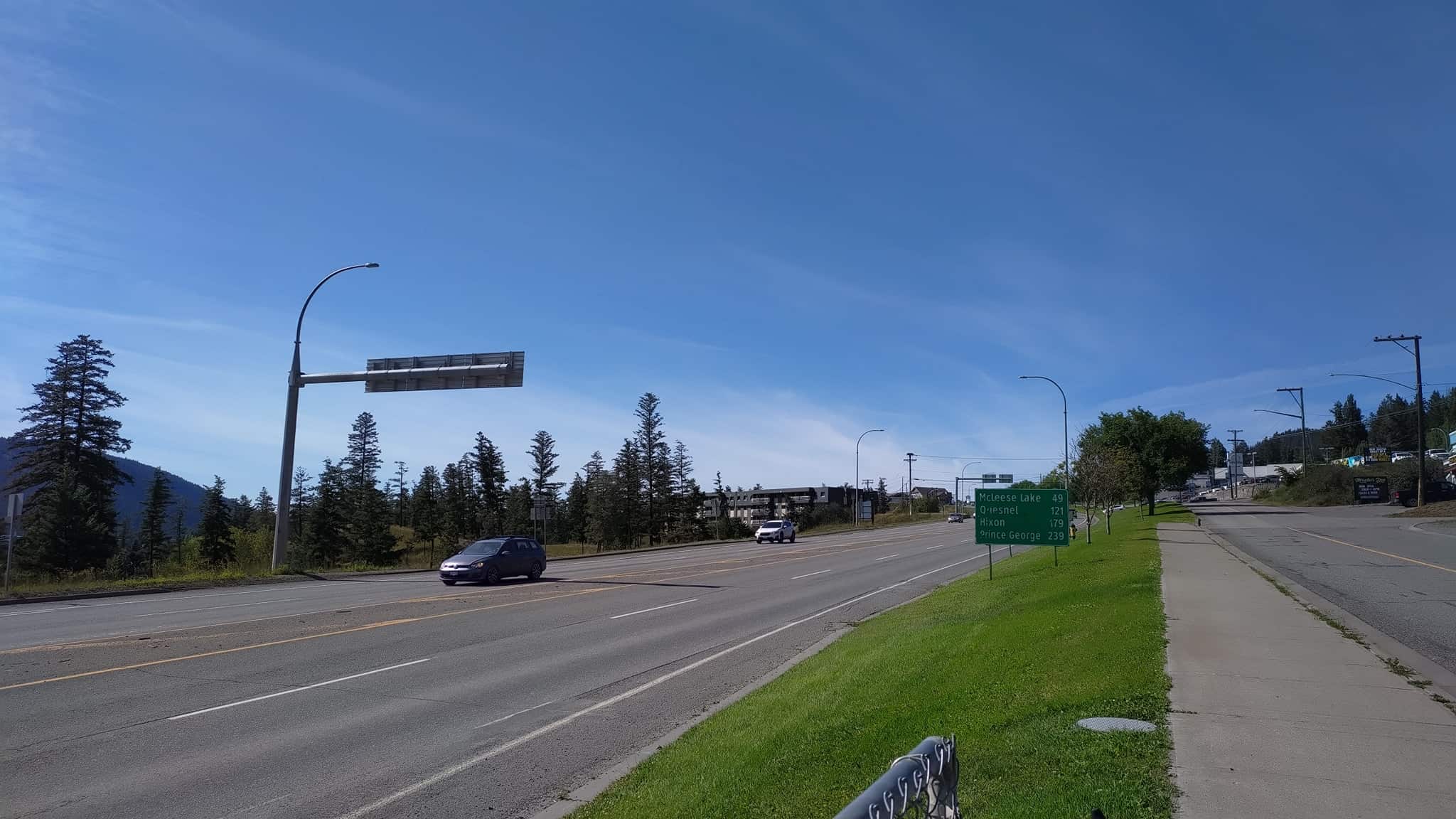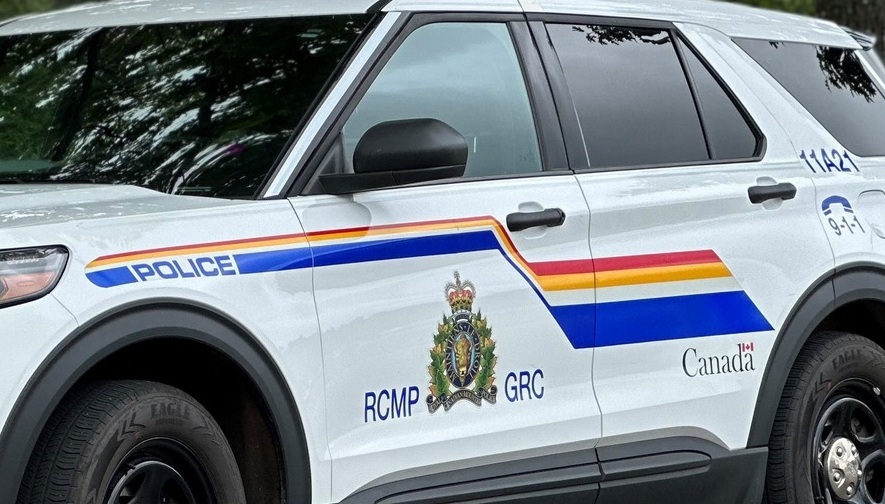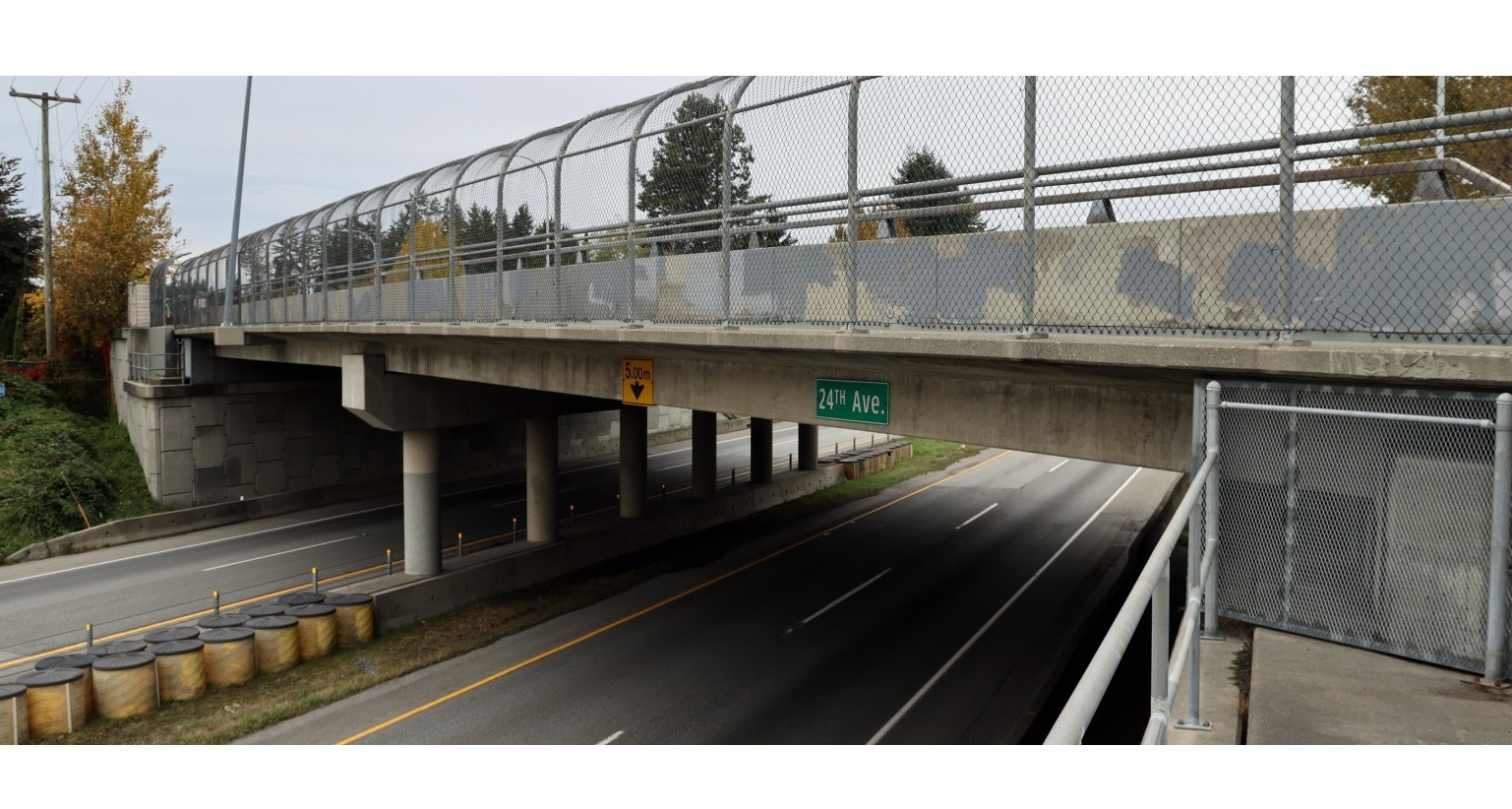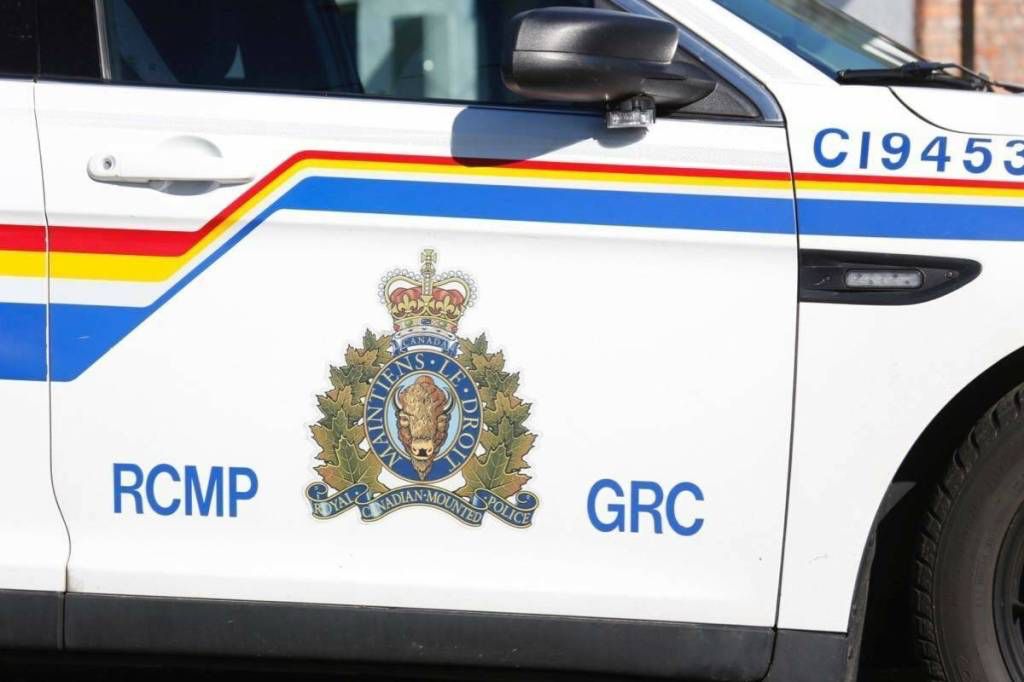Canada faces a surge in traffic violations and collisions. Experts urge stronger enforcement, awareness, and infrastructure upgrades to protect public safety.
Canada’s Road Safety Push: Rising Traffic Risks in Focus
As urban sprawl, distracted driving, and vehicle volumes continue to rise, Canada is confronting an escalating road safety challenge. From metropolitan bottlenecks to rural collision zones, law enforcement and policymakers are turning their attention to traffic enforcement as a key solution.
An Alarming Trend Across Provinces
Data from Transport Canada shows a concerning uptick in road fatalities and serious injuries in recent years. In 2023 alone, nearly 1,800 road users lost their lives—a slight but notable increase from pre-pandemic averages. Provinces like Ontario, Alberta, and British Columbia have reported significant spikes in impaired driving, excessive speeding, and intersection-related crashes.
In Toronto, the number of pedestrian and cyclist fatalities in 2024 prompted renewed calls for a “Vision Zero” approach, aimed at eliminating traffic-related deaths. Similarly, B.C.’s Lower Mainland has seen a rise in distracted driving charges, with ICBC attributing many accidents to mobile device use.
Government and Police Ramp Up Enforcement
In response, provincial governments and police forces are ramping up enforcement. Ontario’s “Moving Ontarians More Safely Act” imposes stricter penalties on stunt driving, while Quebec has expanded its network of photo radar systems. In B.C., Integrated Road Safety Units (IRSUs) are deploying more frequent roadside checks targeting impaired drivers.
Sgt. Paul Walker of the RCMP in Surrey, B.C., emphasized the need for “consistent enforcement paired with public awareness,” noting that education alone is not enough. “We are dealing with preventable incidents that cost lives,” he said in a recent press briefing.
Urban Infrastructure and Smart Tech Integration
City planners are also reviewing how road design impacts driver behaviour. In Calgary, investments in traffic calming measures—like speed humps and lane narrowing—have reduced collisions in high-risk neighbourhoods. Meanwhile, Montreal is exploring AI-based traffic signal systems to manage congestion and reduce red-light running.
Across the country, municipalities are investing in pedestrian-first infrastructure: raised crosswalks, improved lighting, and better signage, especially around schools and transit hubs.
Public Awareness and Cultural Change
Experts agree that enforcement must be complemented by a broader cultural shift. Dr. Sarah Jensen, a transportation policy researcher at the University of Manitoba, says, “Canadians need to treat road safety the same way we treat workplace safety—with zero tolerance for negligence.”
Campaigns like “Leave the Phone Alone” and “Drive Sober” remain critical, particularly as young drivers and gig economy workers face time pressure and digital distractions.
The Road Ahead
While Canada’s road safety efforts have evolved, challenges remain. Climate change brings unpredictable driving conditions. Aging infrastructure strains traffic systems. And rapid urbanization continues to outpace road safety upgrades.
Still, the national conversation is shifting. With increased enforcement, smarter design, and public cooperation, road safety advocates believe Canada can steer toward fewer crashes and safer streets for all.














Leave a comment